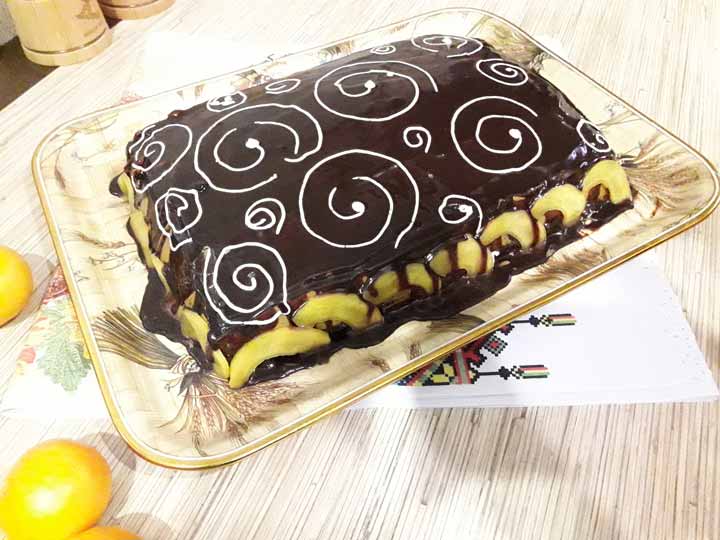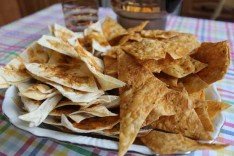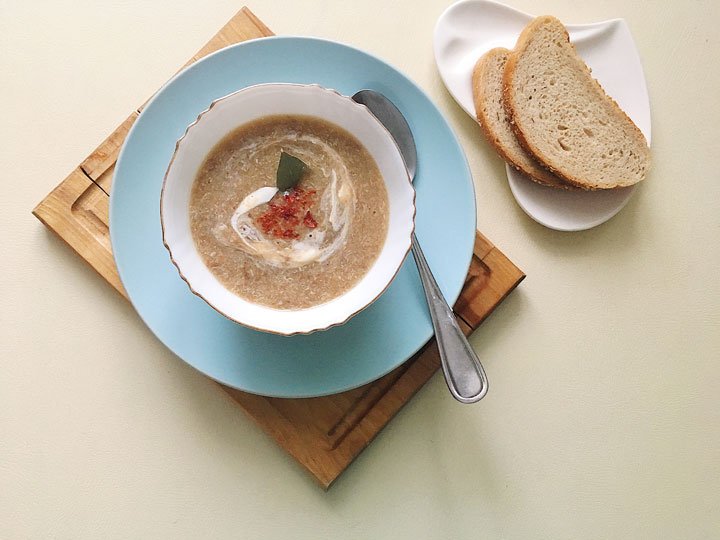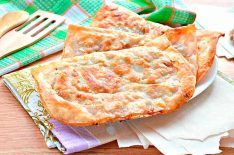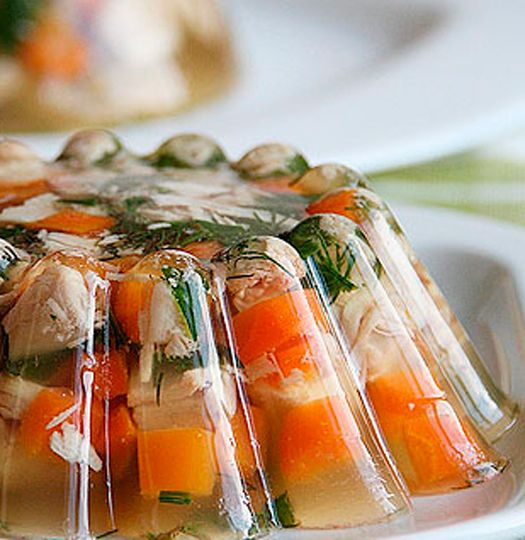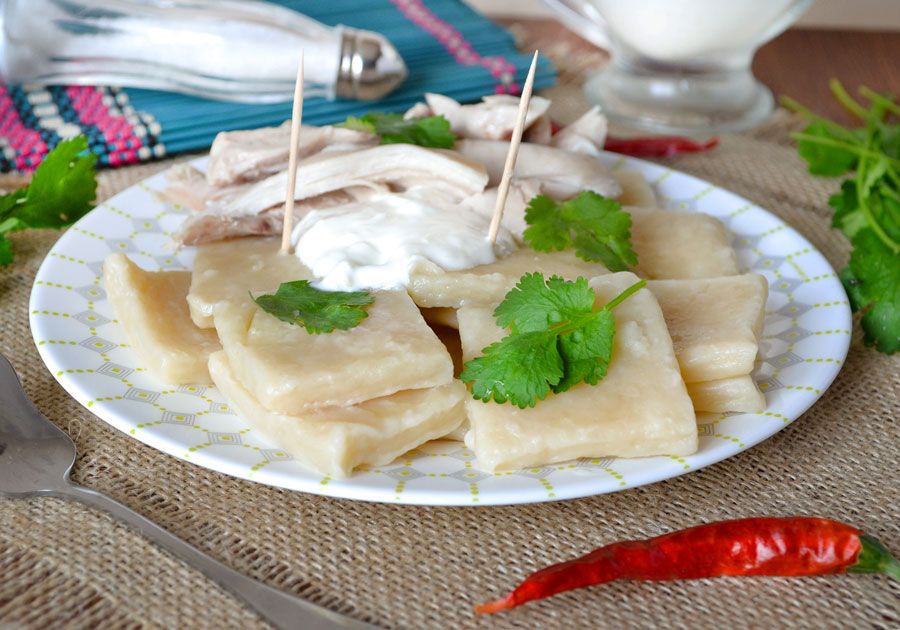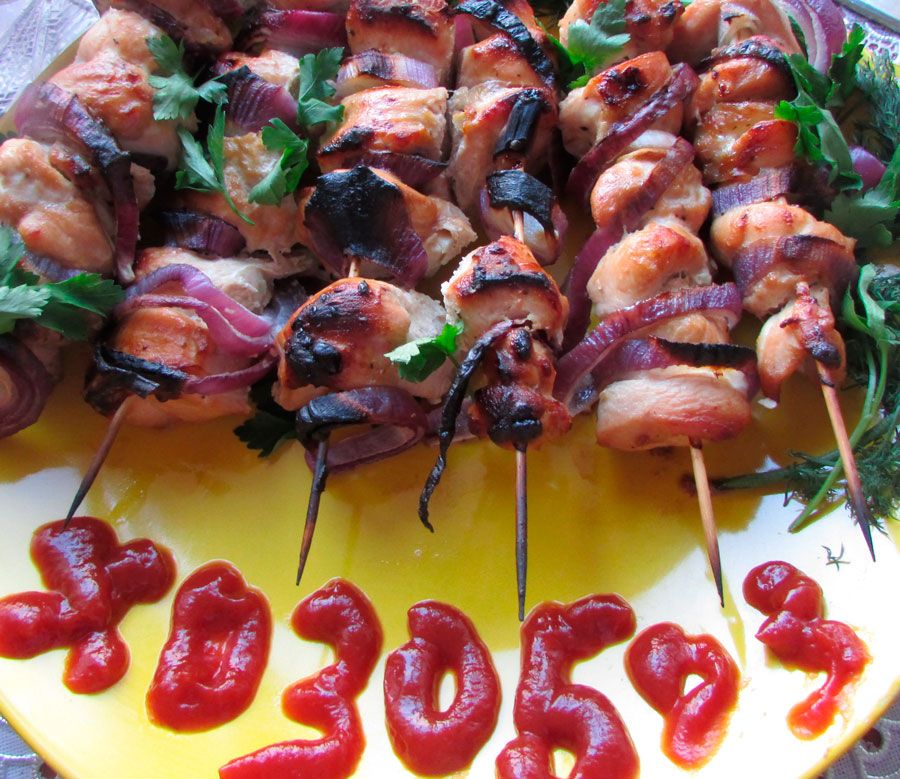Kutya
- Nutrition Facts
- Calories: 261
- Protein: 5.2
- Fats: 11.5
- Carbohydrates: 32.3
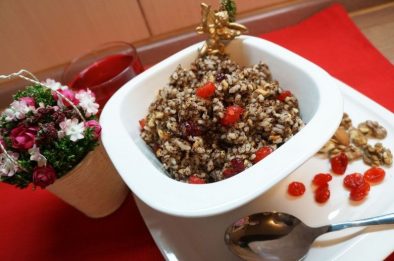
In this review, we will talk about how to cook one of the central dishes of the Christian world, which carries not only the enjoyment of taste, but also a deep philosophical meaning, conveys a person’s attitude to faith and symbolizes his connection with higher powers. Of course, this is kutia. Another symbol of the bright Christmas of Christ and the signing of the accomplishment of one of the main events in the life of a believer. Christmas kutya is a way for each of us to touch the sacred sacrament of God's work and become part of a great miracle called faith. Different nations call this dish differently: for Russians it is “kutya”, and it can be made from rice, wheat or other cereals, for Ukrainians it is kutya, for Poles it is juicy.
And the name is not so important here, much more important is the meaning that each of the peoples puts into this dish. This review will also help us understand what types of kuti are, when and which one should be cooked, as well as help us learn more about the history and benefits of the dish.
First, according to tradition, a little history.
Kutya itself and its recipe are the so-called ritual dish of Christians, and only Orthodox ones. The preparation of kutya consists in boiling grains of wheat or rice, and sometimes even barley, which are subsequently poured with honey, sugar syrup and generously flavored with nuts, dried fruits and various berries. At the same time, not a single ingredient in this dish is accidental. So kutya with raisins and dried fruits is prepared because sweet fruits, berries, as well as honey and sugar symbolize the sweet life, and the cereal itself prophesies the future resurrection. However, despite the great importance of kutia for the Slavs, according to historical data, for the first time this dish was cooked in ancient Greece in almost the same form as today, and since then it has successfully migrated to our not only culinary but also Orthodox traditions.
In general, it should be noted that dishes made from cereals with the addition of fruits, honey and sugar have been incredibly common for a long time, and therefore we are definitely not pioneers in this matter. However, this did not make kutya a less important and sacred dish for us. The only thing that is really interesting for many to understand is the types of this dish. After all, everyone knows that there is Poor Kutya (in Ukrainian, bіdna kutya), Hungry (in Ukrainian, hungry kutya), Rich kutya (in Ukrainian, rich kutya). So that these questions no longer arise, we will now try to understand everything in detail.
So, poor kutya - preparing for the Christmas table, namely, on the evening of January 6th. The peculiarity of poor kutya is that they usually do not add any dried fruits to it except for the raisins themselves, only one of the nuts is chosen, most often walnuts. Further, for the New Year according to the old style, namely on the evening of January 13, rich kutya is prepared. Here you can put whatever you want in it. These are various nuts, and dried fruits, and candied fruits, and sugar syrups, and caramel.
The last in turn is prepared kutya water or hungry. True, I must say that it does not quite justify its name, because on the table on the night of January 18-19 there is nothing!!! There are also meat delicacies, and various beans, and all kinds of pies, but the most important thing is not to forget to serve kutya, pancakes and kissel that night.
In the light of all the circumstances that have been revealed to us in terms of the benefits of this wonderful dish, we believe that it is time to proceed directly to the guide on how to cook kutya from rice. Today, the focus of our attention is kutya, or rather, her recipe with a photo.
Ingredients:
- Uzbek rice (glutinous) - 500 gr
- Sugar - about 3 tablespoons
- Dried cherries - 60 gr
- Dried cranberries - 60 gr
- Orange juice - 1/2 pc.
- Raisins - 150 gr
- Hazelnut - 50 gr
- Almonds - 50 gr
- Poppy - 200 gr
- Cognac - 30 gr
How to cook kutya:
- First of all, let's prepare all the necessary products;

First, prepare the products that we need to make kutya
- Pour the rice washed under running water into a saucepan and pour sugar;

Wash rice under running water and mix with sugar
- Pour rice with boiling water and put on fire, cook under a closed lid;

Now rice must be poured with boiling water, as in the photo, and left to cook until tender
- While the rice is cooking, let's take care of the rest of the ingredients. Put cranberries and cherries in a bowl and squeeze the juice of 1 orange;

Pour dried berries with fresh orange juice
- Add cognac there;

Do not forget to add cognac to the berries
- Put all the nuts in a blender;

Almonds and hazelnuts are sent to the blender bowl
- Grind the nuts into pieces;

All nuts are crushed into pieces, but not into powder
- Transfer the boiled rice to a bowl and let it cool;

To cool the rice, transfer it to a deep bowl
- To prepare poppy seed dressing, mix ground steamed poppy seeds with cognac and raisins. We send the dressing to rice;

For poppy seed dressing, grind poppy seeds in a coffee grinder, steam with boiling water and add cognac with raisins. Combine rice and poppy seed mixture.
- Carefully mix the two ingredients;

Now rice and poppy seeds should be mixed well until a uniform color
- Add chopped nuts;

It's time to combine rice with ground nuts
- Now it's the turn of dried fruits in alcohol;

We also send alcoholized cherries and cranberries there
- Mix well again;

Mix everything for the last time to distribute all the goodies evenly
- With the first star, it's time to serve kutya.

Ready kutya should be served on the festive table before all other dishes.
Now we know exactly what kind of kutya and when to cook, and before we learn how to cook kutya, we propose to figure out whether this super dish is healthy and what its beauty is for our health and longevity.
The benefits of the dish
So, let's take a closer look at what the correct kutya consists of. This is primarily a grain: rice, wheat or barley. In addition to grains, an important ingredient in this dish are dried fruits, which, by the way, we know a lot about. Their main advantage over fresh fruits and berries is that dried fruits contain more biologically active substances.
We can say that dried fruits are a kind of concentrated species, which, with a smaller mass, can contain more or the same amount of vitamins and microelements. In addition, dried berries and fruits promote digestion and have an excellent effect on the general condition of the gastrointestinal tract, which undoubtedly makes them indispensable for the diet of any person who monitors his diet. Next, let's focus on nuts, which are used in our recipe in a great variety.
Nuts are a very versatile product. They come in different shapes, sizes and, of course, taste. But there is one thing in common - the benefits of nuts are undeniable. They are invariably rich in protein, various vitamins, trace elements and healthy fats, and at the same time contain a minimum of carbohydrates. We also do not forget about the unique properties of honey, which can also be added to kutya, provided that you love it and do not suffer from allergic reactions. To systematize everything that has been said, we note that our kutya will be made from rice, which means that it is logical to start studying its recipe precisely with the benefits of rice itself and there really is something to talk about here.
Firstly, rice contains a lot of protein, and secondly, there are a lot of complex carbohydrates in rice, which means that it is able to provide us with the necessary vitality and energy for the whole day. And there is a lot of potassium in rice, which means that it normalizes the water balance of our body and removes excess fluid from it. Together with dried fruits, nuts and poppy seeds, the dish acquires a special taste and opens the way for our body to healthy and proper nutrition.
This is how we got an excellent kutya with raisins and its recipe is not so difficult to execute. We hope you will enjoy it and you will fully feel all the charm and reverence of this great holiday. And if we bring at least a small contribution to your Christmas table, we will be glad, our dear readers. We hope to receive interesting kutya recipes from you and learn how to cook kutya in your own way. We will continue to choose the best recipes for you so that you can delight a member of your family with new culinary delights. Always Your HozOboz.





